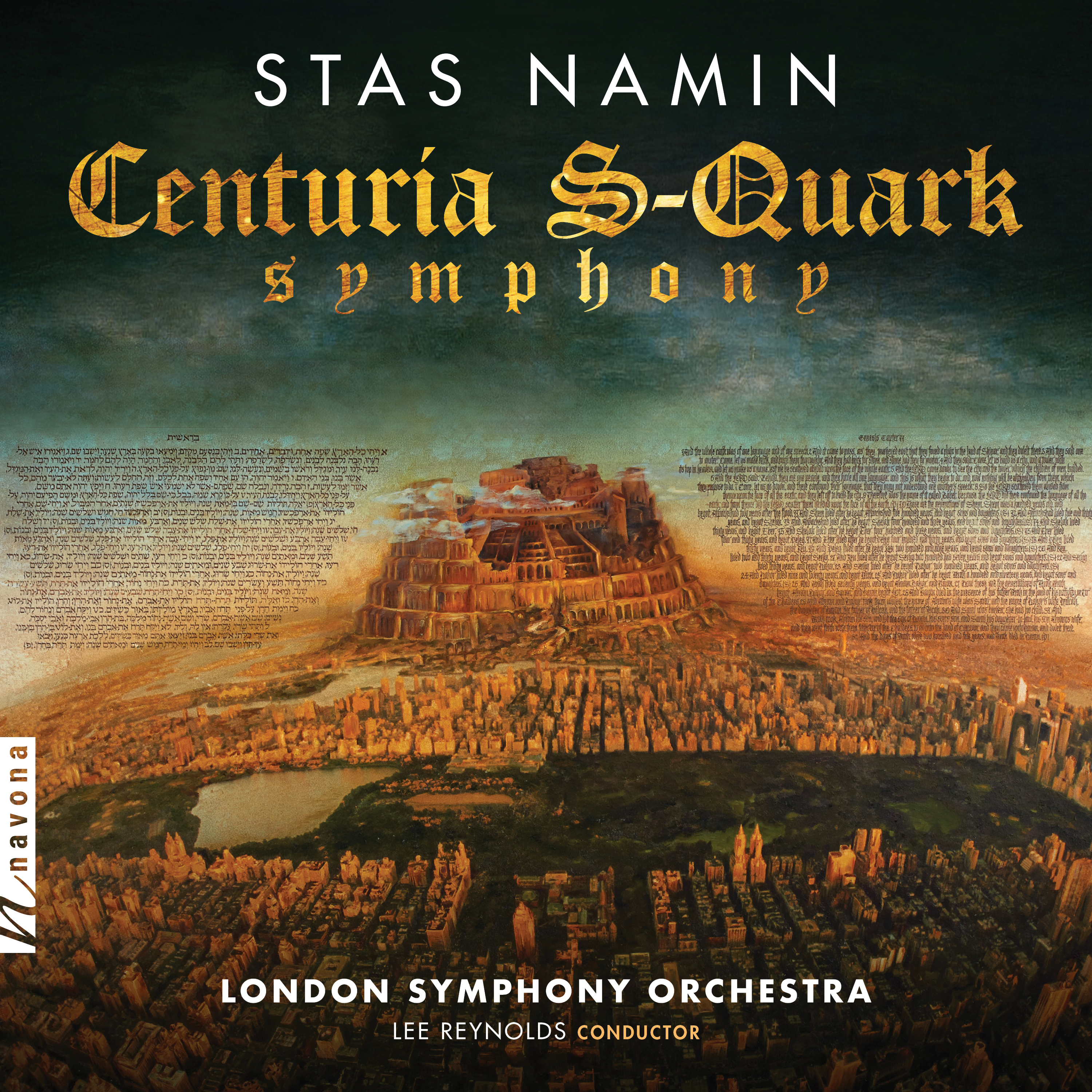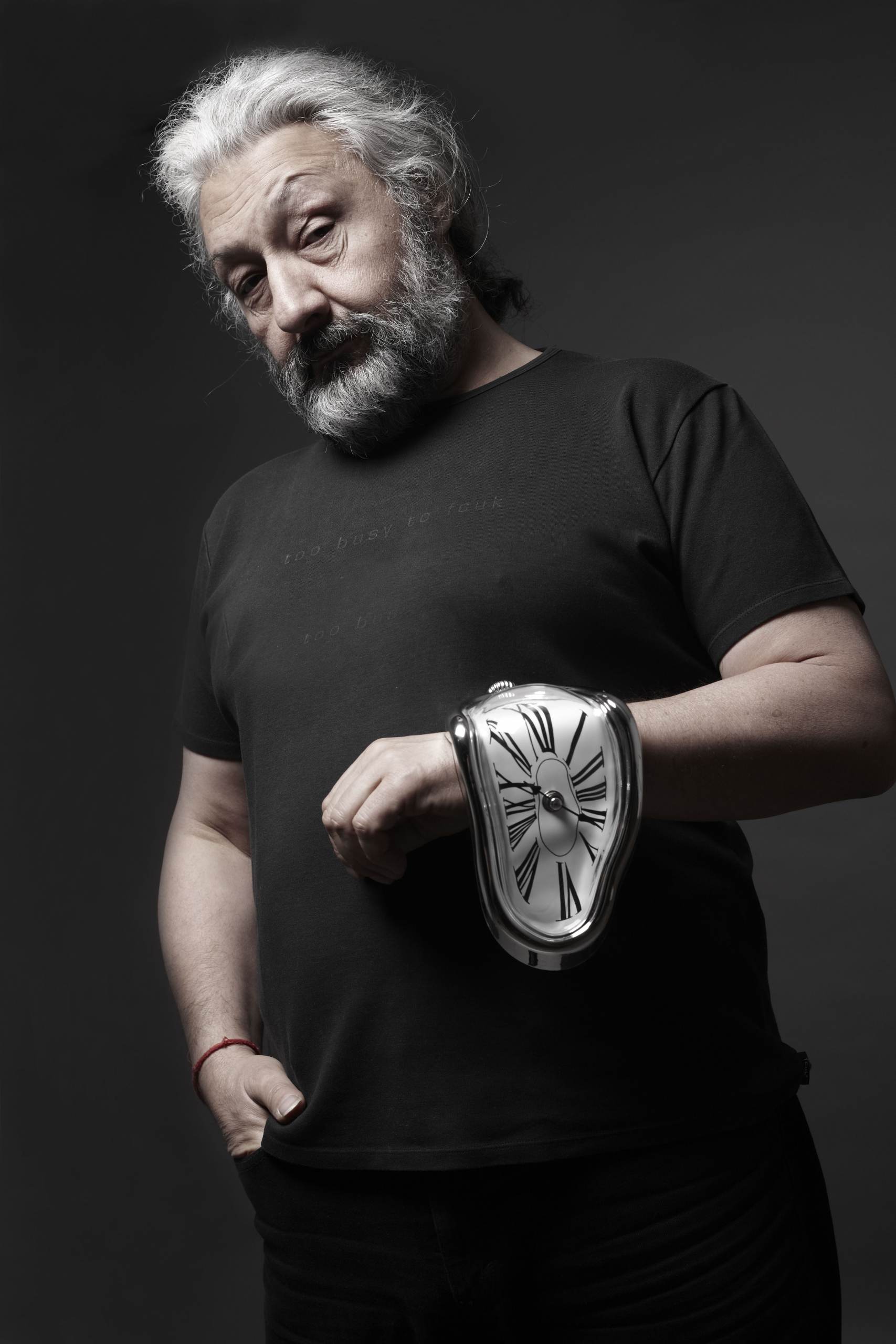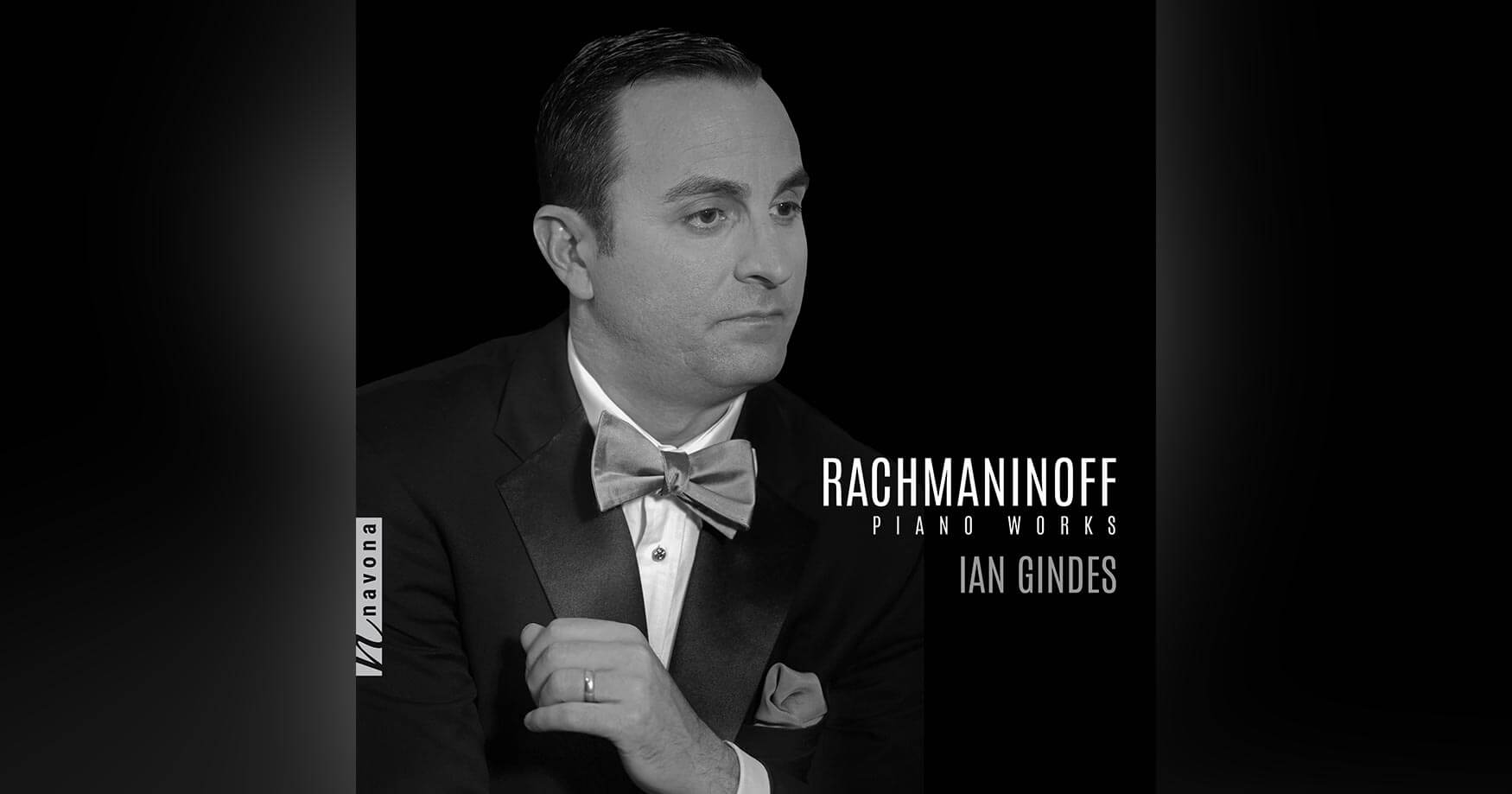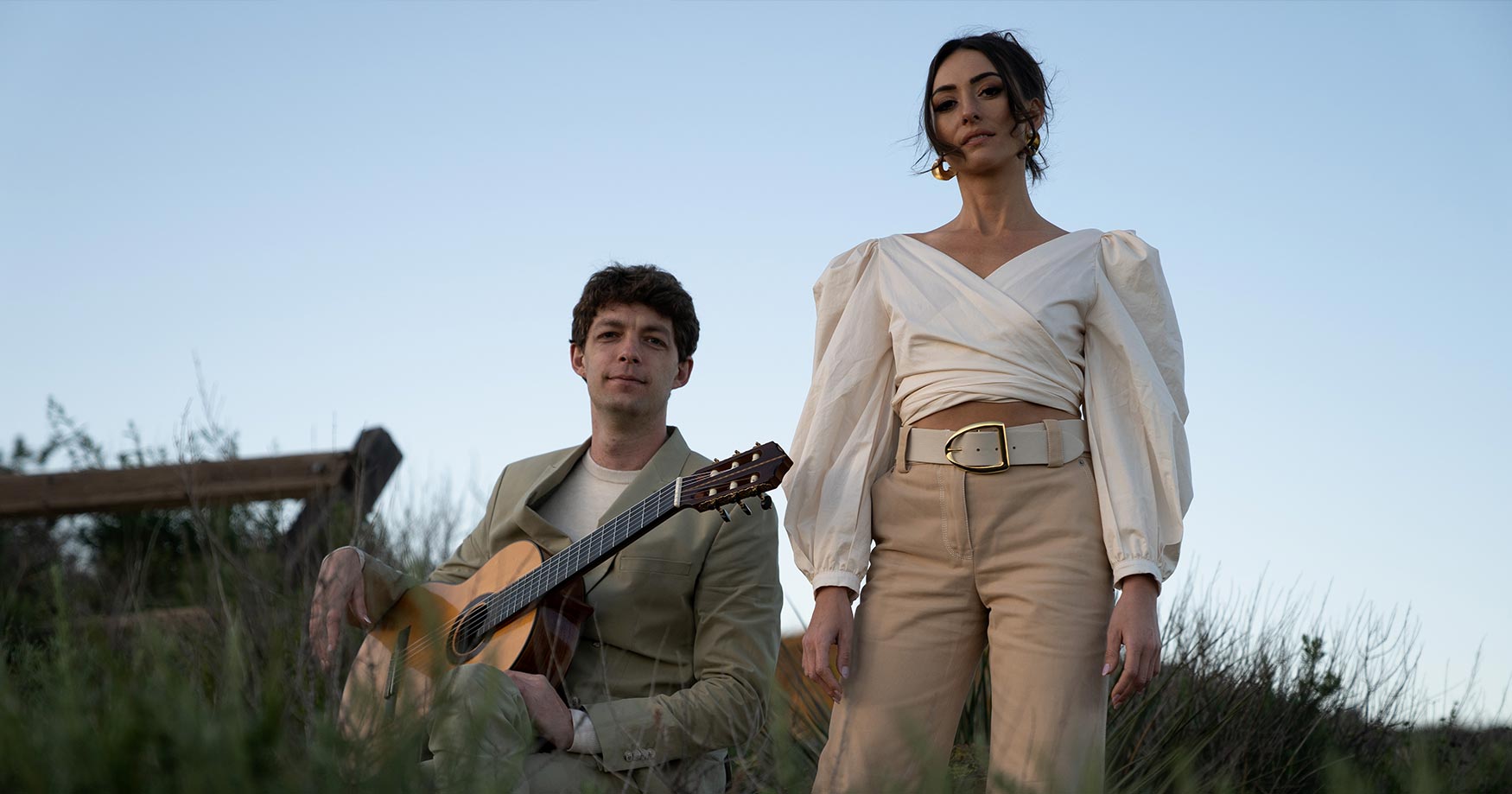Stas Namin is a cult figure in Russia: he is a musician, composer, and producer; an artist and photographer; and a director and producer of theatrical stage productions and films. Stas is one of the founders of Russian rock music: he fronted legendary band The Flowers and was creator and producer of rock band Gorky Park. He organized the country’s first independent production company and was behind its first private musical enterprises: a record label, a radio station, a television network, a concert agency, and a design studio. Stas launched the country’s first music festivals and started Russia’s first non-governmental symphony orchestra and contemporary musical theater. His song We Wish You Happiness has been a national hymn to happiness for more than 30 years.
Stas was introduced to music in his early childhood. His mother, Nami Mikoyan, is a musician, art historian, and writer whose home was visited by Dmitri Shostakovich, Aram Khachaturian, Mstislav Rostropovich, Leonid Kogan, Alfred Schnittke, Georgy Sviridov, and other celebrated musicians and artistic figures. Namin’s first music teacher was the composer Arno Babajanian. Friendship with the American musician and composer Frank Zappa, who turned to symphonic music in the early 1980s, did much to define Stas’ musical tastes.
In 2014, Stas met and had discussions with astrophysicist Stephen Hawking, which added momentum to a concept for Stas’ CENTURIA S–QUARK symphony. In July 2016, the London Symphony Orchestra recorded Stas’ new symphony at Abbey Road Studios in London, and it is now available worldwide through Navona Records.
Today, Stas is our featured artist in “The Inside Story,” a blog series exploring the inner workings and personalities of our artists. Read on to learn Stas’ response to what his first choice for a job would be…
Who was your first favorite artist(s) growing up?
My father had a tape recorder since the 1950’s and he liked the first rock’n’rollers (Elvis Presley, Jerry Lee Lewis, etc.), but they didn’t touch me deeply. My favorites appeared later, in the 1960’s. These were The Beatles, The Rolling Stones, Jimi Hendrix, and Janis Joplin.
When did you realize that you wanted to be an artist?
While studying in the University I formed my rock band The Flowers. Playing rock was my hobby. Only when our first vinyl single was published in 1970, and when 7 million copies sold out, did I realize I’d go further as a rock musician.
What is your guilty pleasure?
Playing guitar.
If you could make a living at any job in the world, what would that job be?
I have been searching for it all my life and up to now I still haven’t set sights on it. That’s why I am doing so many different things (writing music, painting, producing films and theatre and so on).
If you could spend creative time anywhere in the world, where would it be and why?
There is no such place. I would rather travel, which is what I actually am doing right now.
If you could instantly have expertise performing one instrument, what instrument would that be?
That would definitely be piano!
What was your favorite musical moment on the album?
My symphony is based not on 3-4 music themes as is customary for the classical sonata form, but on 14 themes. All of them are different, and each one has its own meaning and a sentimental value to me as I lived them all through.
What does this album mean to you personally?
With this symphony I tried to express my vision of the world and life. I wrote my thoughts in Author’s Statement, and the music probably explains these things better and deeper than the words.
Is there a specific feeling that you would like communicated to audiences in this work?
On the one hand, I would like to express the feeling of brightness and usefulness of humanity’s emotions, feelings, and life itself. On the other hand – the responsibility each individual has over nature and civilization in general.

CENTURIA S-QUARK is now available through Navona Records for streaming or purchase. Click here to explore this new album.



